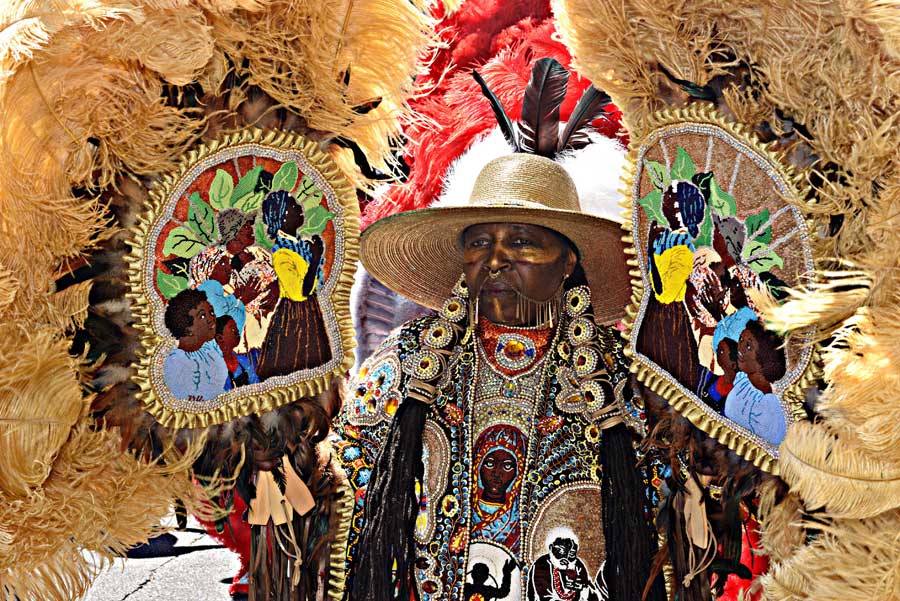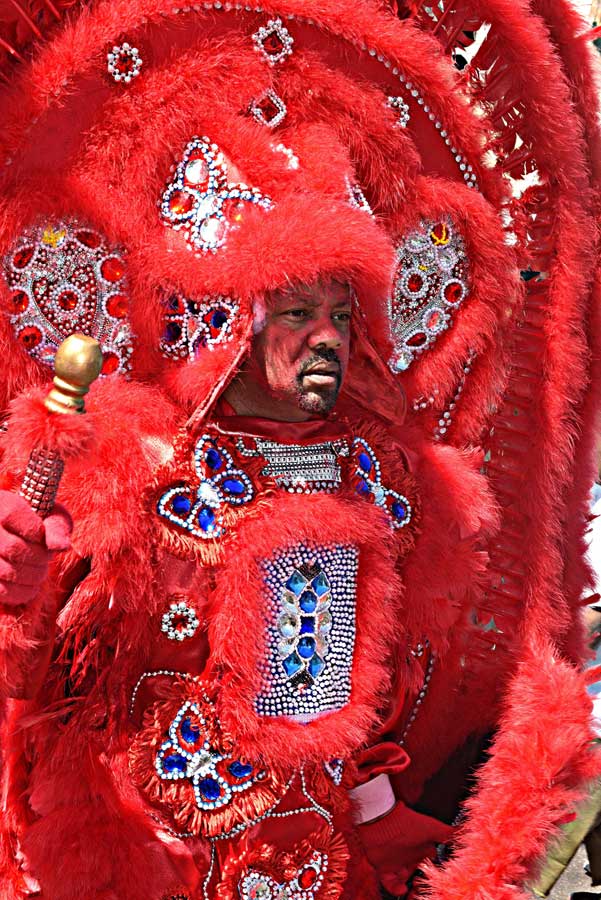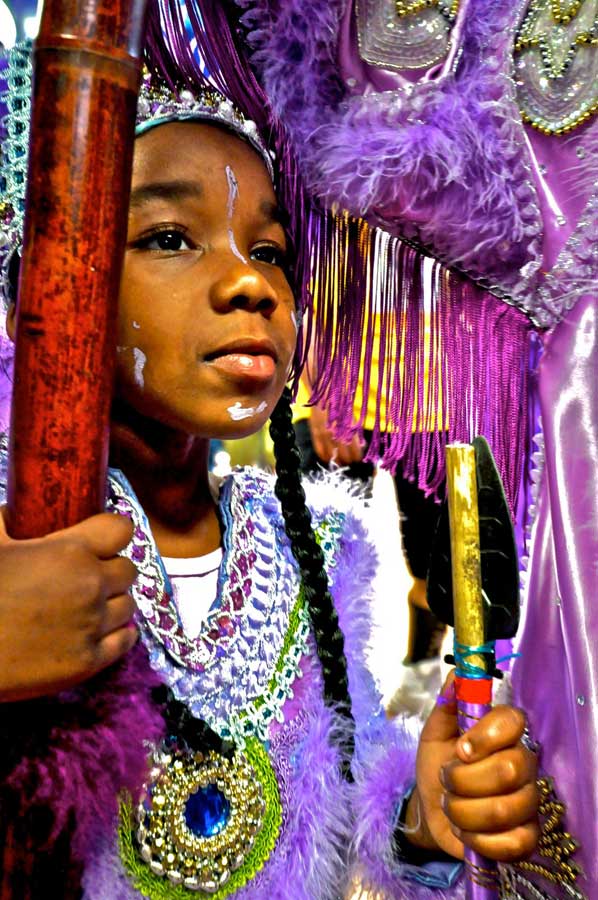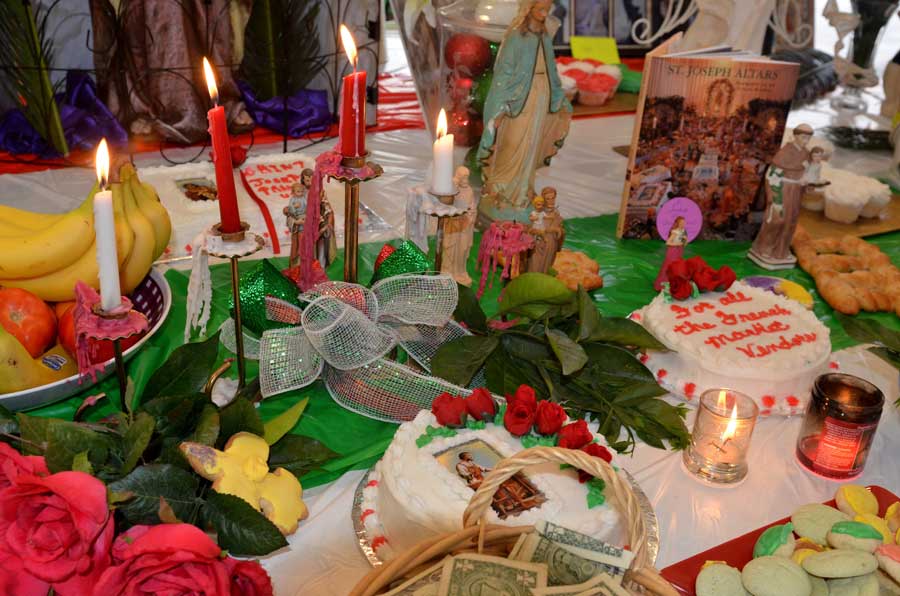February 23, 2024
In the Middle Ages, a great famine ravaged Sicily. In desperation, villagers prayed to Saint Joseph. If the Saint would intervene on their behalf, the Sicilian people promised, they would honor him with a selection of their harvest from then on. The rain came and an abundant harvest of fava beans restored them. Ever since, Sicilians have celebrated St. Joseph’s Day. To mark the occasion, communities feast and offer alms to neighbors in the form of lavish dinners. They erect elaborate culinary altars with ornately symbolic bread sculptures and pastries, representing the abundance the Saint restored to the island. Ornate bread sculptures shaped like crosses, fish, and carpenter’s tools represent St. Joseph’s woodworking profession. Mountains of confections including rainbow-colored, fig-filled cucidati cookies, pignolata cookies, and puffy, cream-filled zeppole pastries. Oranges and lemons evoke Sicily’s famous citrus trade. Fava beans, a reminder of the gift that broke the mythical famine are given to visitors for good luck. If you put it in your pocket, purse, or pantry, you’ll never be without food. A statue of the saint, framed by flowers and carrying the infant Jesus, guards the offerings and his devotees.
Introduced by Sicilian immigrants in the late 19th century, Saint Joseph's Day is a curious blend of devotion, merriment, familial affection and civic generosity. Celebrants exhibit their appreciation for St. Joseph through an act of culinary charity; the bounty of the altar they make is shared not only with friends and family, but with the needy and any visitors who may visit.
In New Orleans, celebrations blend Sicilian, African–American, and other European immigrant traditions. We have a significant history of Sicilian and Italian immigration. In the 1800s and early 1900s, an estimated 40,000 Sicilian immigrants entered the United States through New Orleans. By 2000, there were 250,000 people of Italian descent living here. In 1900, Sicilians had a substantial presence in New Orleans’s corner grocery stores and restaurants. Soon, even New Orleans’s American-born elite had developed a taste for “red sauce.” Sicilians’ role in the restaurant industry brought them into close working relationships with the city’s African–American residents, and the emerging genre of New Orleans jazz. Black musicians often played in Italian restaurants, and Italian musicians combined elements of this music with folk tunes from Italy to create a style of zany immigrant jazz. The genre is perhaps best embodied in the brassy bravado of Louis Prima.
St. Joseph’s Day embodies the dynamic role Sicilians played in shaping New Orleans’ Creole culture. Celebrations include elements of Italian tradition, Black Masking Indian culture, and Irish immigrant festivities. For weeks before the feast day, churches, neighborhoods and families busily erect elaborate altars to the Saint. Every March 19, Sicilian–American communities enjoy traditional St. Joseph’s feasts of bucatini pasta with sardines, fennel, pine nuts and raisins. Neighbors and relatives visit and gather for feasts and traditional St. Joseph’s Day pastries.
At the climax of the holiday, the Italian–American St. Joseph’s Day Society sponsors an elaborate community dinner. The dinner is accompanied by a festive French Quarter parade in which formally attired community members walk and ride through the streets on floats. A massive, mobile St. Joseph’s altar reigns over the parade, and participants toss beads and fava beans, a symbol of good luck, to onlookers.
St. Joseph’s Day continues to reflect the historic diversity of New Orleans. Today, while Catholic churches around the city erect St. Joseph’s Day altars, Black Masking Indians who don feathery suits during Mardi Gras also parade the weekends before and after St. Joseph’s Day. On March 16, Italian and Irish communities celebrate their historical coexistence in the annual Italian American St. Joseph’s Day parade.
The French Market will host its annual St. Joseph’s Day Celebration in the Farmers Market on Saturday, March 9 from 11 a.m. to 4 p.m. The festivities will include an interview with Sicilian historian and writer, Laura Guccione. She will discuss the balls, parties and altars dedicated to St. Joseph, as well as the Sicilian immigrants, their foodways, and their flourishing businesses in the French Quarter and other neighborhoods. Cooking demonstrations will include Courtbouillon with free samples by Dianne Honoré. Her family owned a Creole restaurant in Treme, which was once owned by a Sicilian family who operated it as a grocery store. She will discuss the connection and influence of Italians in the Afro–Creole neighborhoods. The St. Joseph’s Day Celebration will feature a panel discussion regarding New Orleans connection between St. Joseph’s Day and the Black Masking Indians. Historically, the Indians appeared in their elaborate suits and celebrated this religious holiday with their fellow Italian Catholics on St. Joseph’s Day. Black Masking Indians will perform and engage the audience with drumming and chanting. There will be a bountiful St. Joseph’s Day Altar and traditional Italian musical entertainment. Come out and learn more about these fascinating cultures, enjoy free food samples, listen to lively music and don’t forget your lucky fava bean from their educational St. Joseph's Day altar!
Introduced by Sicilian immigrants in the late 19th century, Saint Joseph's Day is a curious blend of devotion, merriment, familial affection and civic generosity. Celebrants exhibit their appreciation for St. Joseph through an act of culinary charity; the bounty of the altar they make is shared not only with friends and family, but with the needy and any visitors who may visit.
In New Orleans, celebrations blend Sicilian, African–American, and other European immigrant traditions. We have a significant history of Sicilian and Italian immigration. In the 1800s and early 1900s, an estimated 40,000 Sicilian immigrants entered the United States through New Orleans. By 2000, there were 250,000 people of Italian descent living here. In 1900, Sicilians had a substantial presence in New Orleans’s corner grocery stores and restaurants. Soon, even New Orleans’s American-born elite had developed a taste for “red sauce.” Sicilians’ role in the restaurant industry brought them into close working relationships with the city’s African–American residents, and the emerging genre of New Orleans jazz. Black musicians often played in Italian restaurants, and Italian musicians combined elements of this music with folk tunes from Italy to create a style of zany immigrant jazz. The genre is perhaps best embodied in the brassy bravado of Louis Prima.
St. Joseph’s Day embodies the dynamic role Sicilians played in shaping New Orleans’ Creole culture. Celebrations include elements of Italian tradition, Black Masking Indian culture, and Irish immigrant festivities. For weeks before the feast day, churches, neighborhoods and families busily erect elaborate altars to the Saint. Every March 19, Sicilian–American communities enjoy traditional St. Joseph’s feasts of bucatini pasta with sardines, fennel, pine nuts and raisins. Neighbors and relatives visit and gather for feasts and traditional St. Joseph’s Day pastries.
At the climax of the holiday, the Italian–American St. Joseph’s Day Society sponsors an elaborate community dinner. The dinner is accompanied by a festive French Quarter parade in which formally attired community members walk and ride through the streets on floats. A massive, mobile St. Joseph’s altar reigns over the parade, and participants toss beads and fava beans, a symbol of good luck, to onlookers.
St. Joseph’s Day continues to reflect the historic diversity of New Orleans. Today, while Catholic churches around the city erect St. Joseph’s Day altars, Black Masking Indians who don feathery suits during Mardi Gras also parade the weekends before and after St. Joseph’s Day. On March 16, Italian and Irish communities celebrate their historical coexistence in the annual Italian American St. Joseph’s Day parade.
The French Market will host its annual St. Joseph’s Day Celebration in the Farmers Market on Saturday, March 9 from 11 a.m. to 4 p.m. The festivities will include an interview with Sicilian historian and writer, Laura Guccione. She will discuss the balls, parties and altars dedicated to St. Joseph, as well as the Sicilian immigrants, their foodways, and their flourishing businesses in the French Quarter and other neighborhoods. Cooking demonstrations will include Courtbouillon with free samples by Dianne Honoré. Her family owned a Creole restaurant in Treme, which was once owned by a Sicilian family who operated it as a grocery store. She will discuss the connection and influence of Italians in the Afro–Creole neighborhoods. The St. Joseph’s Day Celebration will feature a panel discussion regarding New Orleans connection between St. Joseph’s Day and the Black Masking Indians. Historically, the Indians appeared in their elaborate suits and celebrated this religious holiday with their fellow Italian Catholics on St. Joseph’s Day. Black Masking Indians will perform and engage the audience with drumming and chanting. There will be a bountiful St. Joseph’s Day Altar and traditional Italian musical entertainment. Come out and learn more about these fascinating cultures, enjoy free food samples, listen to lively music and don’t forget your lucky fava bean from their educational St. Joseph's Day altar!







